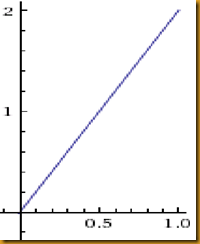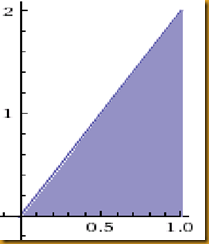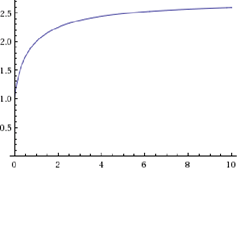Cuanto más me intereso por el tema, más información consigo sobre niños superdotados, sus capacidades asombrosas, sus intensidades, asincronicidades, problemas emocionales, luchas continuas con el sistema. Pero hay muy poquita información sobre los papás tras estos niños.
Se nos tacha de papás sobreprotectores, de que nosotros somos los que “enseñamos de más a los niños”, que les estamos haciendo un daño, bueno, muchísimas cosas por el estilo y poca información sobre la cual apoyarnos para ver si estamos yendo por buen camino.
Inspirada en el último post del blog http://giftedparentingsupport.blogspot.mx/ me di a la tarea de buscar y recopilar otros blogs de papás y me da gusto decir que aunque pocos encontre algunos muy interesantes…
Si quieren conocer en realidad cómo es vivir con estos niños los invito a visitar:
24 HORAS, 2 PAPÁS y 3 NIÑOS DE ALTA CAPACIDAD
Cuando pensamos en superdotados nos recuerdan a los niños que salen en shows de t.v haciendo cosas increíbles, pero si platicaramos con sus padres seguramente habría muchas cosas que no nos gustaría escuchar. Te presento la verdad sobre la crianza y el día a día con este tipo de niños. Este blog es para la orientación, identificación y comprensión de los niños superdotados, o como yo les llamo "hiperactivos mentales" http://altacapacidadinfantil.blogspot.mx/
y
Viviendo con superdotados
Un día empecé a compartir mi día a día con dos niños considerados superdotados, para mi diría "hipersensibles" y pensé que lo mejor sería utilizar un seudónimo para preservar la intimidad de mis hijos y de las personas de las que hablo.
Decidí llamarme Pauline Einstein porque me dio por pensar cómo sería la vida de esta mujer al educar a su hijo, si sería diferente ¿cómo pensaría? ¿cómo lo educaría? y porque pienso que la mayoría de la gente al hablar de superdotados se acuerdan de Einstein entre otros, pero a partir de ahora seré yo misma: Estelita http://viviendoconsuperdotados.blogspot.com.es
Me da gusto verlos y se los comparto con la misma emoción.
Trataré de mantener más en forma este blog también para que puedan ver otro punto de vista y si conocen más blogs de papás para papás de superdotados por favor no duden en compartirlos ![]()
Saludos,
Eva








